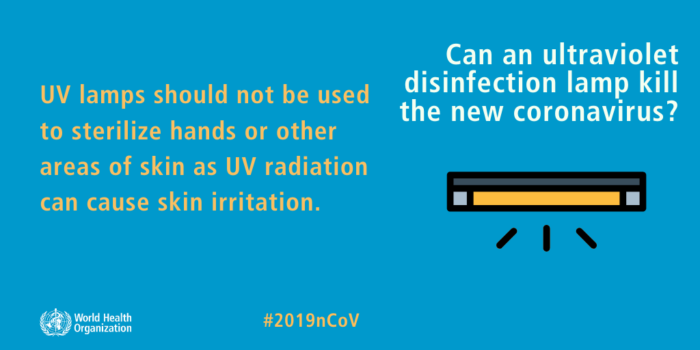Cleaning is more important now than ever before as we continue to combat the COVID-19 pandemic. Although many people are keeping quarantined at home, it’s virtually impossible to avoid having to run errands — unless you have some kind of fallout shelter stocked up with food and supplies!
Think of all the bacteria you pick up when you go to the grocery store, the gas station or any other essential business. All of it ends up smudged on your phone and other assistive technology devices.

“For people with disabilities, these devices are practically extensions of themselves,” said Brian Norton, the director of assistive technology at Easterseals Crossroads. “So, they can’t afford for their assistive technology to put their health at risk. And because most AT devices are made out of plastic and metal, germs can live on their surfaces for many days. But there are many methods for thoroughly sanitizing them.”
Simple Steps for Sanitizing
Here are a few simple guidelines to follow during the cleaning process.
Start by washing your hands: Wash your hands with soap and water for a minimum of 20 seconds. Another general rule of thumb for good hand hygiene is to sing the “Happy Birthday” song twice while you’re scrubbing up.
Shut everything off: Make sure your device isn’t just on sleep mode; ensure that it’s completely powered down.
Unplug: Take out any kind of charger, external power source, headset, etc. Remove any batteries as well.
Clean: Remove dirt or stains with a non-abrasive cloth or electronic-friendly wipe. Apple recommends Clorox Disinfecting Wipes. Don’t wipe too hard though. In some cases, you can cover a device with a wipe and leave it for a few minutes. Many wipes contain bleach, which is effective, but not allowed in some settings (e.g., schools).

Disinfect: You can even make your own disinfectant at home. Here’s how:
Fill an empty spray bottle with:
- 1/3 bottle: Isopropyl rubbing alcohol (70% alcohol) — This is the most commonly used disinfectant in the pharmaceutical field, hospitals and electronic and/or medical device manufacturing. It can kill most common bacteria in just a few minutes, if that.
- 1/3 bottle: Vinegar
- 1/3 bottle: Hot water
Don’t spray directly on the device; spray on a cloth — preferably a microfiber cloth — and then wipe down the device.
 Since a lot of disinfecting products are flying off the shelves these days, you can turn to the alternative of nature’s disinfectant — ultraviolet light! A UV-C lamp can kill the average bacteria within 10 seconds. Just place your device six inches from the lamp’s light, and it will get to work like Mr. Clean! UV-C light is so effective because it digs deep down and attacks bacteria’s DNA, preventing it from multiplying.
Since a lot of disinfecting products are flying off the shelves these days, you can turn to the alternative of nature’s disinfectant — ultraviolet light! A UV-C lamp can kill the average bacteria within 10 seconds. Just place your device six inches from the lamp’s light, and it will get to work like Mr. Clean! UV-C light is so effective because it digs deep down and attacks bacteria’s DNA, preventing it from multiplying.
Feel free to stick your phone in a UV-emitting cleaning chamber, but as for personal hygiene, you should stick to soap and water.

Dry: Allow the device to sit for a while and dry completely before you put it back to working order.
Wash your hands again: By this point, you’ve been hanging out with a lot of nasty germs. So, give your hands a thorough scrub, as if you’re a doctor washing up after surgery.
Other Cleaning Practices to Keep in Mind
As the adage goes, it’s better to be safe than sorry. So, it can’t hurt to consult the device manufacturer about best cleaning practices before you get to work. A manufacturer’s care instructions will include details on what materials to use and how to best clean devices.
And when you do, be gentle, as excessive spraying and wiping can cause damage to your device. Wring out your disinfecting wipes to remove any excess moisture, as that can also be a device-killer if it seeps into the device.
During this time, you may want to avoid keeping devices, especially your phone, near your face, if you can. Use earbuds with a microphone. Text pictures to loved ones rather than passing your phone to them.
“Staying clean and healthy is so vital right now,” Norton said. “So, we want to make sure people with and without disabilities, along with their friends and loved ones, know how to keep this technology free of germs so they can all navigate more easily through the new normal of life amid this COVID-19 pandemic.”
